“So we provide a lot of in-house training. Plus, several of the groups we belong to conduct live webinars; live, in-person training; and we leverage our vendors for technical training locally,” Hearn says.
Recruiting Good People
“Our focus when recruiting for the company is to find good people,” Dennielle Hearn says. “We do not target techs from other companies.”
“I knew to create something different; I’d have to look different, Tom Hearn adds. “Slowly, we began looking for and recruiting individuals from other industries. To hire such individuals, you need a good training and on-boarding program for them.”
Tom adds, “We hire based on character and having good technical aptitude. This interview process provides a good gauge on a potential technician’s comfort in the material space and world. We look at their hobbies to see how they work with their hands with construction materials. Overall, our interview process takes about 40 to 44 hours for a field position.
“We try to understand how they engage with their community and their families. We are looking for people who have a servant’s heart, first and foremost.”
Hearn says that a candidate’s technical aptitude shows him whether they can be trained in technical skills.
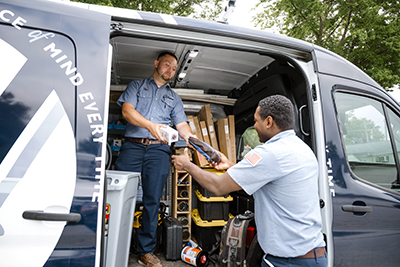
“After those 40 to 44 hours of meeting with us and doing ride-alongs with our technicians, we’ll either make a job offer or not,” Hearn continues. “After being hired, we send them to those mentioned above heavy immersion-based technical schools around the country to get them up to speed in a short amount of time.”
High-Performance HVAC at Hearn
Hearn says his technicians do static pressure testing, temperature testing, and consider the ductwork part of the overall system.
He says, “On all of our maintenance calls, we use a 60-point checklist that requires the four points of static pressure testing, temperature rise, and so on. Our techs ask customers comfort-based questions.
“Most of our replacement projects include, at the bare minimum, some type of return air upgrade. An upgrade may involve increasing filter size and trying to get static pressure down as close as possible to the manufacturer rating plate, so we distribute air better throughout the home.”
Hearn adds that they include combustion testing on every maintenance call and static pressure on every
startup.
“That means we test in and out,” Hearn explains. “We recently began using a seven-point service safety report. Now on every service call, we’re testing combustion as well as part of our evaluation fee.”
Air Upgrades
The company has been selling air upgrades and duct renovations for the past four years, and Hearn says those sales have added nicely to their overall profits.
“The air upgrade approach helps us to help take care of issues that can prolong system life and add comfort to the house,” he says. “Plus, air upgrades increase the average ticket for a project and our overall gross margin on replacement. The best news is that it helps customers save on energy as well.”
This is important because, in the Hearn market area, 50 to 60% of the homes are heated using natural gas, 10% use propane, and the rest use (40%) oil or electric. The latter often employs heat strips with a heat pump. So, saving energy and maintaining good comfort levels are important to consumers.
These things added up to a growth spurt unlike any before in the company’s history.
Click Below for the Next Page:


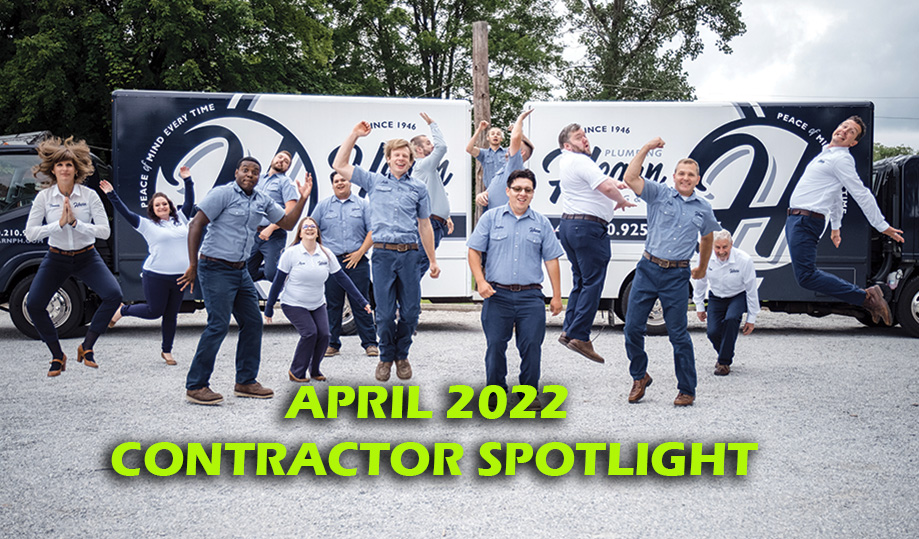
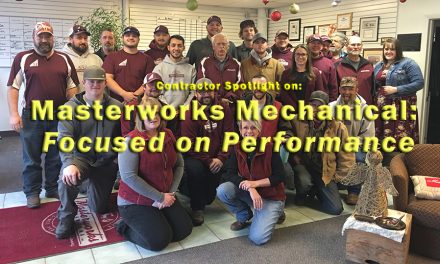
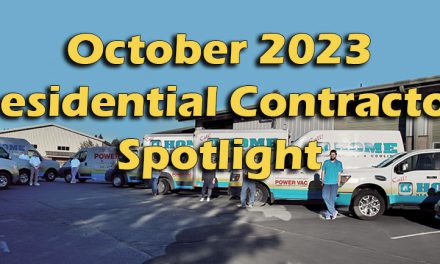
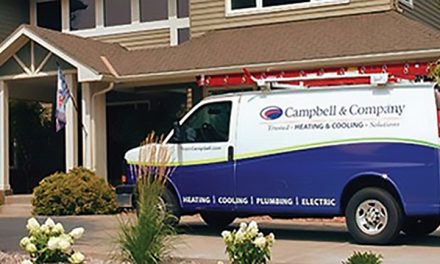
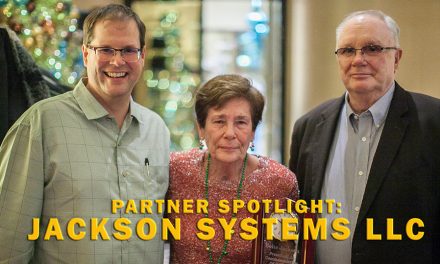






Recent Comments